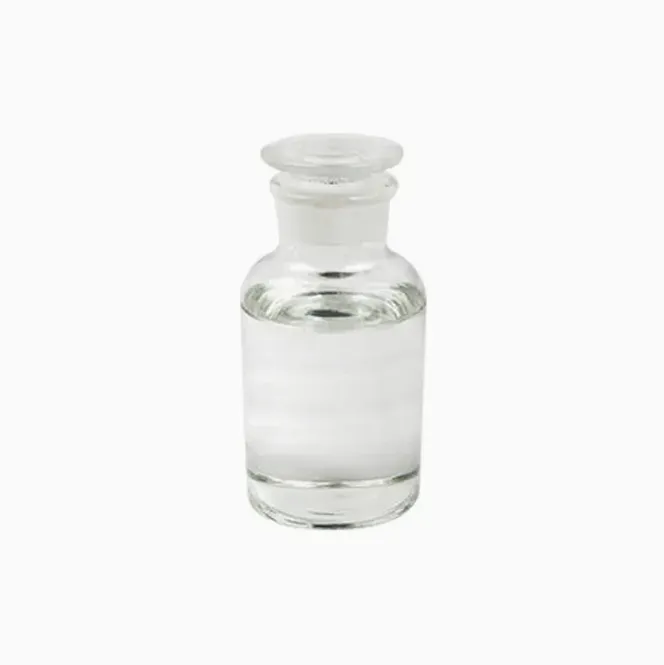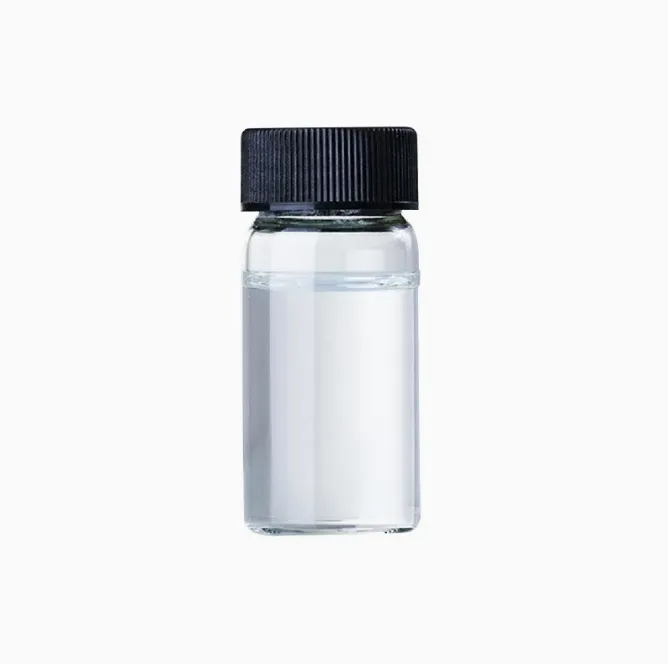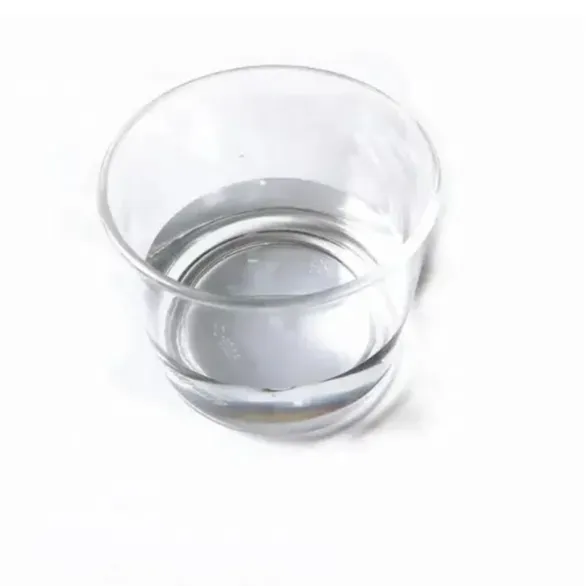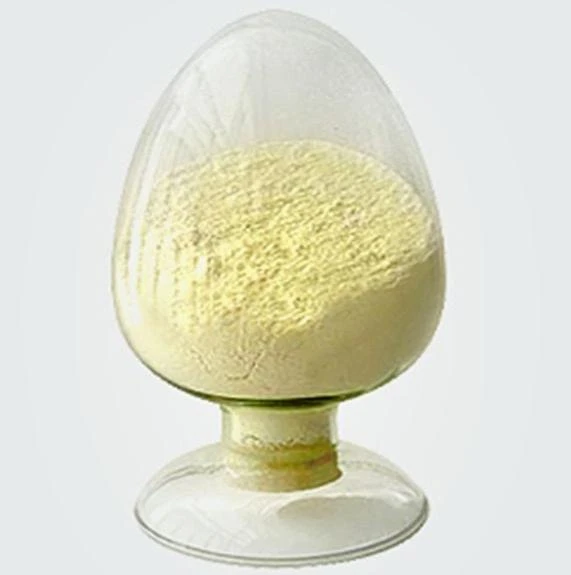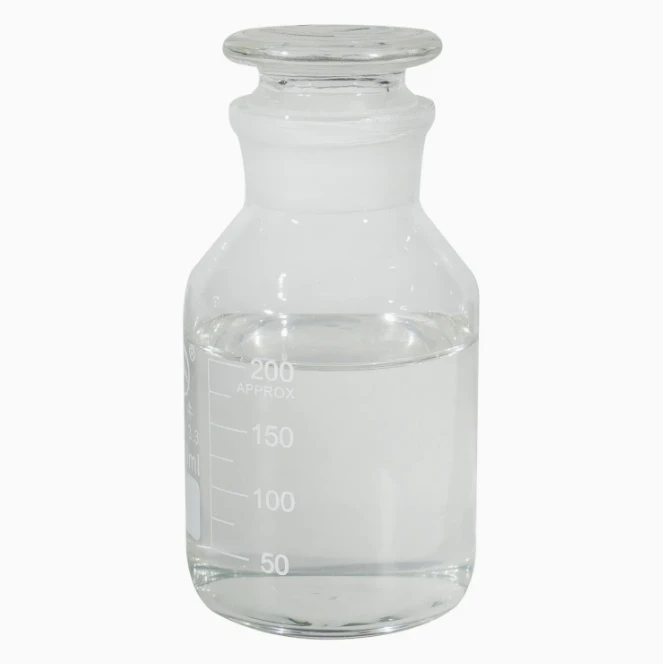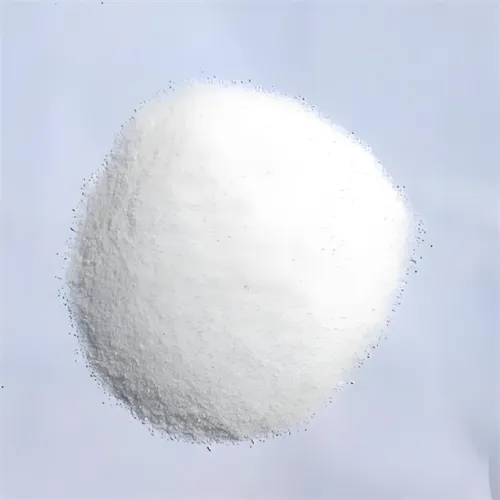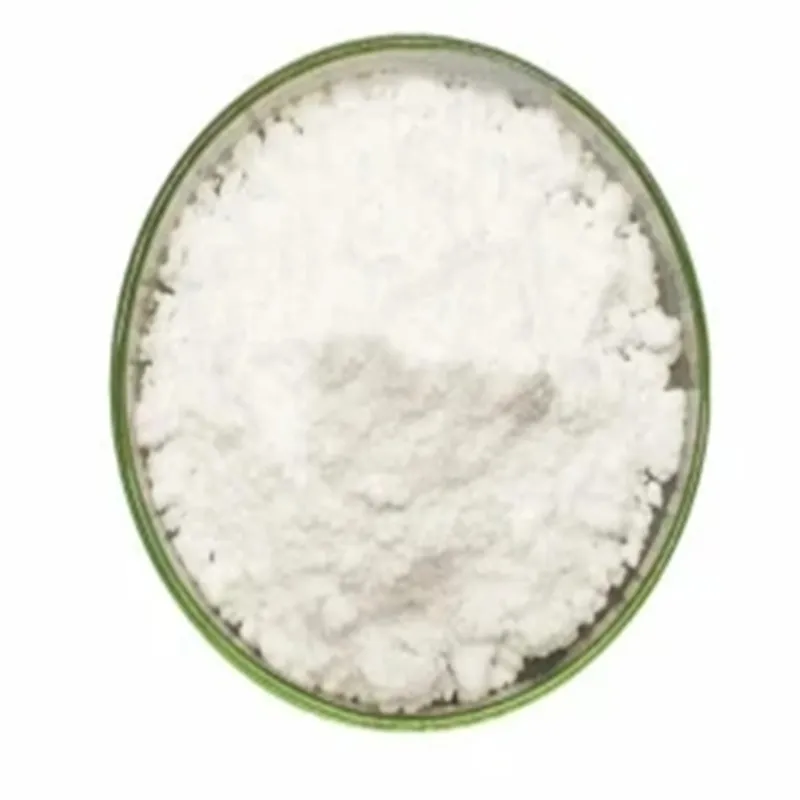Warning: Undefined array key "file" in /home/www/wwwroot/HTML/www.exportstart.com/wp-content/themes/1198/header.php on line 7
Warning: Undefined array key "title" in /home/www/wwwroot/HTML/www.exportstart.com/wp-content/themes/1198/header.php on line 7
Warning: Undefined array key "title" in /home/www/wwwroot/HTML/www.exportstart.com/wp-content/themes/1198/header.php on line 7
- Awherika
- Albanian
- Amharic
- Arapi
- Arameni
- Azerbaijani
- Basque
- Belarusian
- Bengali
- Bosniana
- Bulgarian
- Katarana
- Cebuano
- Haina
- Haina (Taiwan)
- Korihika
- Koroatiana
- Czech
- Teniana
- Tatimana
- Ingarihi
- Esperanto
- Estonian
- Finnish
- Wīwī
- Frisian
- Kariri
- Georgian
- Tiamana
- Kariki
- Gujarati
- Haiti Creole
- hausa
- hawaii
- Hiperu
- Kao
- Miao
- Hungarian
- Tiorangi
- igbo
- Initonia
- Irish
- Itari
- Hapanihi
- Hawaana
- Kannada
- Kazakh
- Khmer
- Rwandan
- Koreana
- Kurdish
- Kyrgyz
- TB
- Latina
- Latvian
- Lithuanian
- Luxembourgish
- Makeronia
- Malgashi
- Malay
- Malayalam
- Marite
- Maori
- Mareti
- Mongolian
- Myanmar
- Nepali
- Norewai
- Norewai
- Occitan
- Pashto
- Pahia
- Porohia
- Potiti
- Punjabi
- Romanian
- Ruhia
- Hamoa
- Scottish Gaelic
- Serbian
- Ingarihi
- Shona
- Sindhi
- Sinhala
- Slovak
- Slovenian
- Somali
- Paniora
- Hatana
- Swahili
- Huitene
- Tagalog
- Tajik
- Tamil
- Tatara
- Telugu
- Thai
- Turkish
- Turkmen
- Iukereiniana
- Urdu
- Uighur
- Uzbek
- Vietnamese
- Welsh
- Awhina
- Yiddish
- Yoruba
- Zulu
N,N-Dimethylformamide CAS 68-12-2
A colorless, pale liquid with an amine-like smell. The explosion limit of the mixture of mp vapor and air is 2.2% to 15.2%. Miscible with water and common organic solvents. It can cause combustion and explosion when exposed to open flames or high heat. It can react violently with concentrated sulfuric acid and fuming nitric acid, and even explode. Flammable. It poses a risk of combustion and explosion when exposed to open flames, high heat or in contact with oxidants. It can react violently with concentrated sulfuric acid and fuming nitric acid, and even cause an explosion. It can react strongly with halides (such as carbon tetrachloride).
N, N-dimethylformamide (DMF) is a colorless liquid with a distinctive pungent odor.
Nature:
1. Density: The density of DMF is 0.944 g/mL, indicating its weight ratio relative to water.
2. Solubility: DMF is highly soluble in water and can be miscible with many organic solvents, such as alcohols, ethers, ethers, aromatics, etc. Due to its good solubility, DMF is often used as a solvent or medium.
3. Stability: DMF is sensitive to light and air and is prone to oxidation and decomposition. Under conditions of high temperature, light exposure or long-term storage, DMF may decompose to produce toxic or harmful gases.
4. Acidity and alkalinity: DMF is a strongly alkaline solvent that can react with acids to form salts. It can react with many strong acids to form the corresponding DMF salts.
5. Flammability: DMF can burn, generating combustion products such as carbon dioxide, water and nitric oxide. Under an open flame, DMF may produce toxic gases when burning.


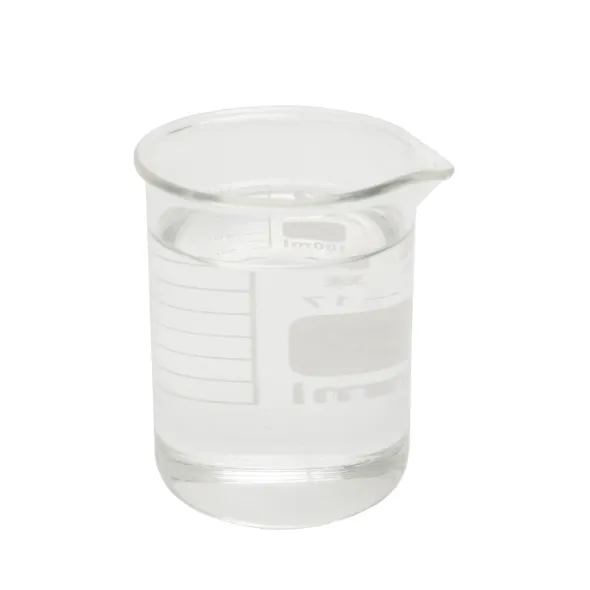
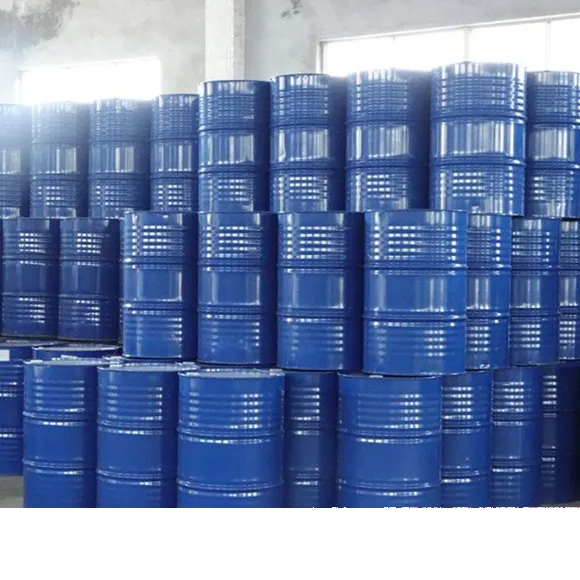
N, N-dimethylformamide (abbreviated as DMF) is a commonly used organic solvent, which has extremely strong solubility and good stability. It has extensive applications in the field of chemistry.
DMF is often used as a solvent in organic synthesis. It has good solubility and can dissolve a variety of organic compounds, and is widely used in organic synthesis reactions. DMF can react with a variety of organic compounds, such as reacting with acylation reagents to prepare esters and with aromatic compounds to prepare amides, etc.
Secondly, DMF is also applied in the polymer industry. It can be used as a reaction solvent for high-molecular compounds such as polyurethane, phenolic resin and polyamide. DMF can also be used as a solvent for synthesizing cellulose dissolving pastes, paints, coatings, etc.
In addition, DMF can also be used as an electrolyte solvent. Its polarity and stability make it suitable as an electrolyte solvent in devices such as lithium-ion batteries and solar cells.
In the preparation of nanomaterials, DMF can be used as a solvent or reaction medium to synthesize nanomaterials and adjust their particle size and morphology.
He maha nga wheketere kounga teitei me te mahi tahi, ka taea e koe te whakarato i nga hua o te kounga teitei me nga utu whakataetae. Ka taea hoki e matou te tuku utu mo nga hokonga nui.A ka mahi tahi matou me te maha o nga kamupene kawe utanga ngaio, ka taea te tuku hua ma te humarie me te pai ki o ringaringa. Ko te wa tuku mo nga ra 3-20 i muri i te whakapumautanga o te utu.




| Molecular Formula | C3H7NO |
| Molar Mass | 73.09 |
| Density | 0.944 g/mL (lit.) |
| Iwi Whakarewa | -61 °C (lit.) |
| Boling Point | 153 °C (lit.) |
| Specific Rotation(α) | 0.94 º |
| Flash Point | 136°F |
| Wairewa wai | soluble |
| Solubility | water: miscible |
| Vapor Presure | 2.7 mm Hg ( 20 °C) |
| Vapor Density | 2.5 (vs air) |
| Te ahua | liquid |
| Color | APHA: ≤15 |
| Te kakara | Faint, ammonia-like odor detectable at 100 ppm |
| Exposure Limit | NIOSH REL: TWA 10 ppm (30 mg/m3), IDLH 500 ppm; OSHA PEL: TWA 10ppm; ACGIH TLV: TWA 10 ppm (adopted). |
| Maximum wavelength(λmax) | λ: 270 nm Amax: 1.00λ: 275 nm Amax: 0.30λ: 295 nm Amax: 0.10λ: 310 nm Amax: 0.05λ: 340-400 nm Amax: |
| Merck | 14,3243 |
| BRN | 605365 |
| pKa | -0.44±0.70(Predicted) |
| PH | 7 (200g/l, H2O, 20℃) |
| Storage Condition | Store at +5°C to +30°C. |
| Sensitive | Hygroscopic |
| Explosive Limit | 2.2-16%(V) |
| Refractive Index | n20/D 1.430(lit.) |
| Physical and Chemical Properties | Density 0.945 melting point -61°C boiling point 153°C refractive index 1.429-1.432 flash point 58°C specific rotation 0.94 ° water-soluble solution |
| Whakamahi | Used as analytical reagents and ethylene resin, acetylene solvent |

1. He wheketere koe, he kamupene hokohoko ranei?
He kamupene matou e whakauru ana i te ahumahi me te hokohoko, e whakarato ana i te ratonga kotahi-mutu. Ka taea e OEM te whakaae.
2. Kei te whakarato koe i nga tauira? He kore utu, he taapiri ranei?
Ko nga tauira kore utu.Ko te utu utauta a te tauira me utu e to taha.
3. Kei a koe etahi tiwhikete e pa ana ki te mana kounga?
ISO 9001: Tiwhikete 2008 hei whakarite i te kounga.
4. He aha te mea me whakarato e au ki te tiki korero?
Pls whakamohio mai ki a matou mo te momo hua e hiahiatia ana e koe, te rahinga ota, te wahitau me nga whakaritenga motuhake.Ka mahia te korero mo to tohutoro i te waa.
5. He aha te ahua o te tikanga utu e pai ana koe? He aha nga momo tikanga e whakaaetia ana?
Nga Tikanga Tukunga Whakaaetia: FOB,CFR,CIF,EXW;
Moni Utu Whakaaetia:USD;
Accepted Payment Type: T/T,Western Union; Paypal,BTC
Te Reo Korero:Maori.
Nga waahanga hua
-
 May . 07, 20252025 New York Cosmetics Ingredients ExhibitionThe much-anticipated 2025 Cosmetics Ingredients New York will be held at the Javits Center in New York from June 3 to 4, 2025. This event will bring together industry leaders, innovators and enthusiasts from all over the world to discuss the latest trends and advances in the field of cosmetic ingredients.
May . 07, 20252025 New York Cosmetics Ingredients ExhibitionThe much-anticipated 2025 Cosmetics Ingredients New York will be held at the Javits Center in New York from June 3 to 4, 2025. This event will bring together industry leaders, innovators and enthusiasts from all over the world to discuss the latest trends and advances in the field of cosmetic ingredients. -
 Apr . 27, 2025Zibo will host the 2025 International Chemical ExpoZibo, a city known for its thriving chemical industry, will host the 2025 Zibo International Chemical Expo from May 16 to May 18, 2025. This highly anticipated event aims to bring together industry leaders, innovators and stakeholders from around the world to explore the latest advancements and trends in the chemical industry.
Apr . 27, 2025Zibo will host the 2025 International Chemical ExpoZibo, a city known for its thriving chemical industry, will host the 2025 Zibo International Chemical Expo from May 16 to May 18, 2025. This highly anticipated event aims to bring together industry leaders, innovators and stakeholders from around the world to explore the latest advancements and trends in the chemical industry. -
 Apr . 22, 20252025 Yokohama Cosmetics Raw Materials and Technology ExhibitionYOKOHAMA, Japan – The City of Yokohama is preparing to host the much-anticipated Cosmetics Ingredients & Technologies 2025 from May 14 to May 16, 2025. The premier event is expected to attract industry professionals, innovators and enthusiasts from around the world to showcase the latest advancements in cosmetic ingredients and technologies.
Apr . 22, 20252025 Yokohama Cosmetics Raw Materials and Technology ExhibitionYOKOHAMA, Japan – The City of Yokohama is preparing to host the much-anticipated Cosmetics Ingredients & Technologies 2025 from May 14 to May 16, 2025. The premier event is expected to attract industry professionals, innovators and enthusiasts from around the world to showcase the latest advancements in cosmetic ingredients and technologies.


